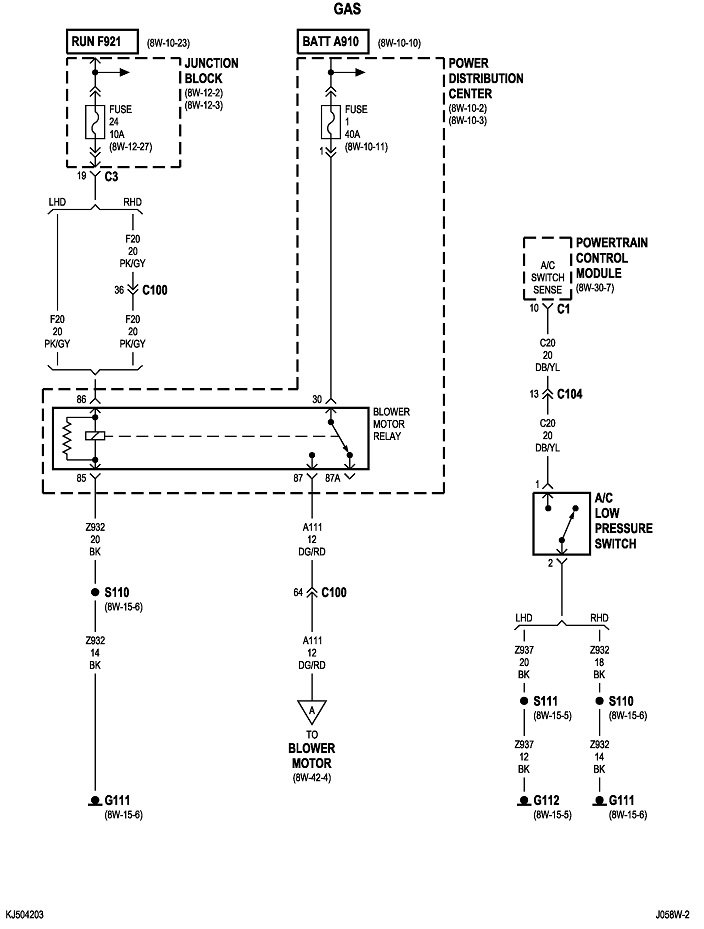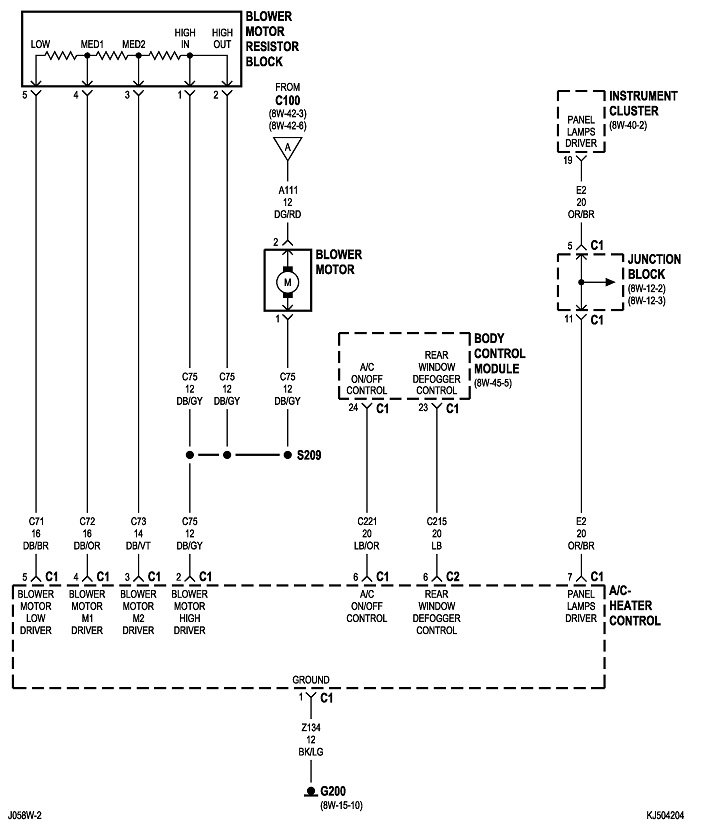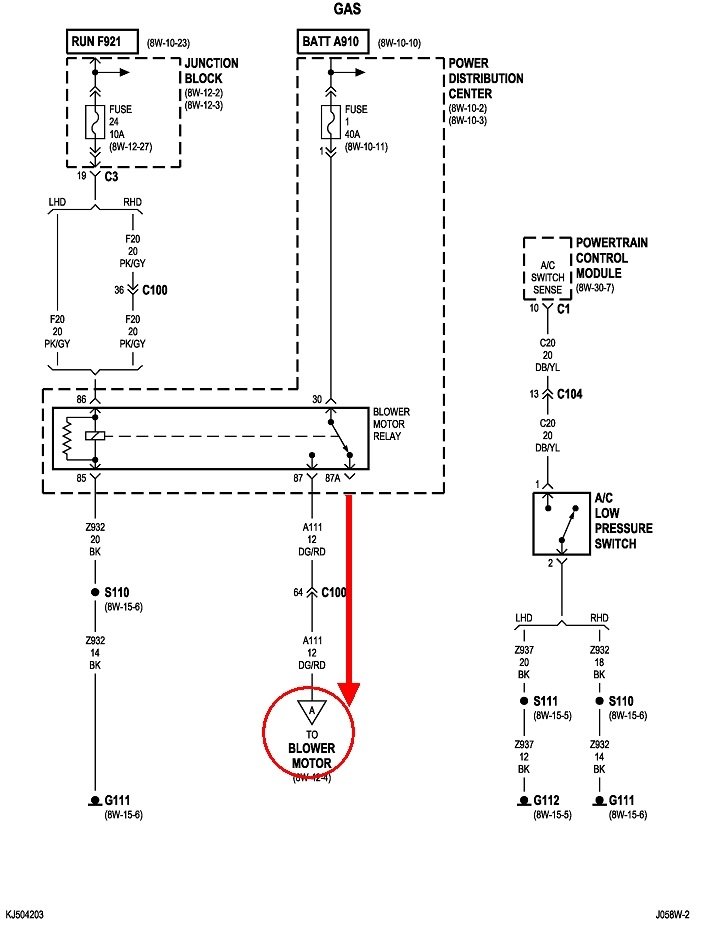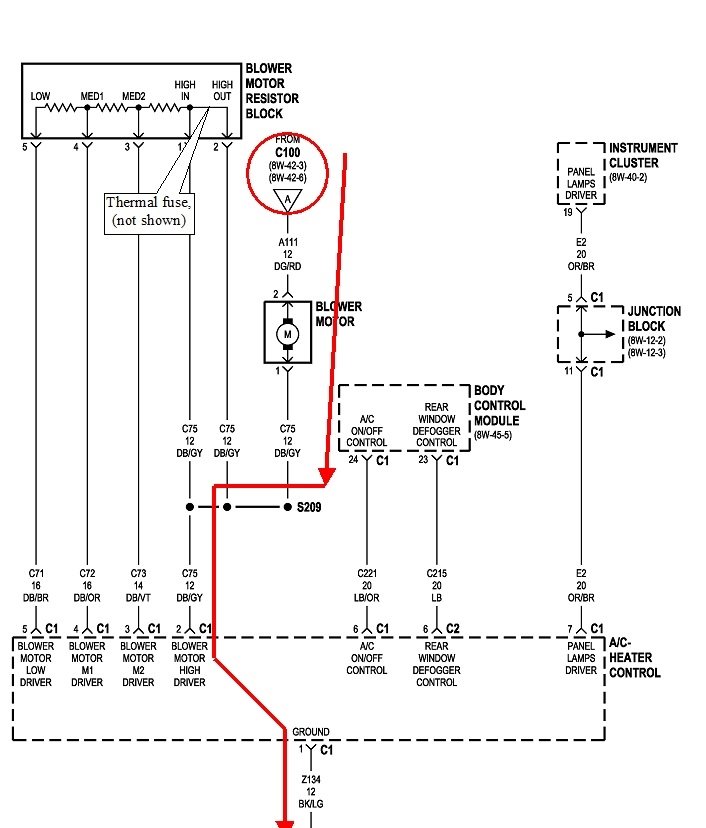I only added the information about connector terminals to make you prepared in case you run into that. Your basic repair is to replace the fan motor, then replace the resistor. If everything works properly, you're done.
I drive 21 miles every day to use the internet to answer these questions, and I only do that for up to eight hours per day. Sometimes when we get a follow-up reply, I don't see it until the next day, and sometimes people are in a hurry or are desperate for a quick reply. That's one reason we like to include as much extra information as possible ahead of time. In this case it just led to more confusion.
Also be aware we like it when someone starts a new question specific to that vehicle, as you did, because they get cataloged in ways that others researching the same topic can find answers without having to post their own question. The extra information we add might be of use for them.
Don't be too scared of electrical problems, especially when you have me to help you. I taught this very successfully to Automotive students. We're the type of people who learn best by holding parts in our hands, and seeing what is broken, and seeing how things work. You can't do that with electricity. That has to be visualized, which is the least effective way hands-on people learn. That's why I compare everything to water flow in a hose and pipes. It's something we understand.
Even though you might not be able to make repairs to overheated electrical terminals, it is sufficient that you be able to look for that damage and to be aware that ignoring it will lead to repeat failures. Once you identify that problem exists, you can get help from a mechanic who is good with electrical repairs. We see this fairly often with any switch that has to pass high current. That includes those I mentioned previously; head light and dimmer switches, heater fan speed switches, and ignition switches. Ignition switches have three or four individual switches built in, but only one of them normally overheats. That is the one that turns on the accessory circuits to include the radio, power windows, and the heater fan. It's the heater fan that stresses the ignition switch, and that stress gets much worse when the motor has tight bearings. To reduce that stress is why the engineers used the relay for the highest speed in your Jeep.
When you get the fan motor out, spin it with the fan cage still on it and you'll see it coasts to a stop very quickly, perhaps in less than one revolution. That is what tight bearings looks like. Do the same with the fan cage installed on the new motor and you'll see it spins a lot longer and much more freely. That's an indication that motor will not draw much current once it's up to speed.
Monday, January 13th, 2020 AT 1:50 PM






